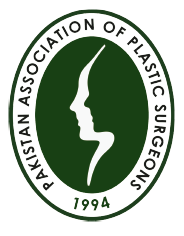
It is defined as a flaccid paresis of an upper extremity due to traumatic stretching of the brachial plexus received at birth it has two main types
1. Upper brachial plexus involvement ( Erbs palsy ); pain and weakness in arm, limited motion in the shoulder, bicep, elbow, forearm, wrist, or hand causing the “waiters#39;s tip” deformity.
2. Complete brachial plexus involvement ( klumpke’s palsy ) ; arm flail and pale, weakness in the muscles of the forearm or hand. “Claw hand,” a severe symptom in which the forearm lies flat but the wrist and fingers are tightened, drooping of the eyelid on one side of the face (Horner 's syndrome )
Numbness or tingling or pain in their arm, hand, or fingers, Inability to lift their arm above their head Unable to bring objects to their mouth
If no recovery within three month, then surgical exploration brachial plexus repair ( neurotization , nerve repair, and tendon transfer) is required
Outcome depends on the location and size of the fistula and status of surrounding tissues. Although most of the fistula closes after the surgery, some may recur and requires further surgery.
It usually takes less time than the original hypospadias repair and completes in less than an hour.
The surgery is performed under general anaesthesia and as a day care procedure. Patient can go home the same day after recovery from anaesthesia.
The most common complication is recurrence of the defect. Others complications include infection, difficulty in urination and stricture formation


